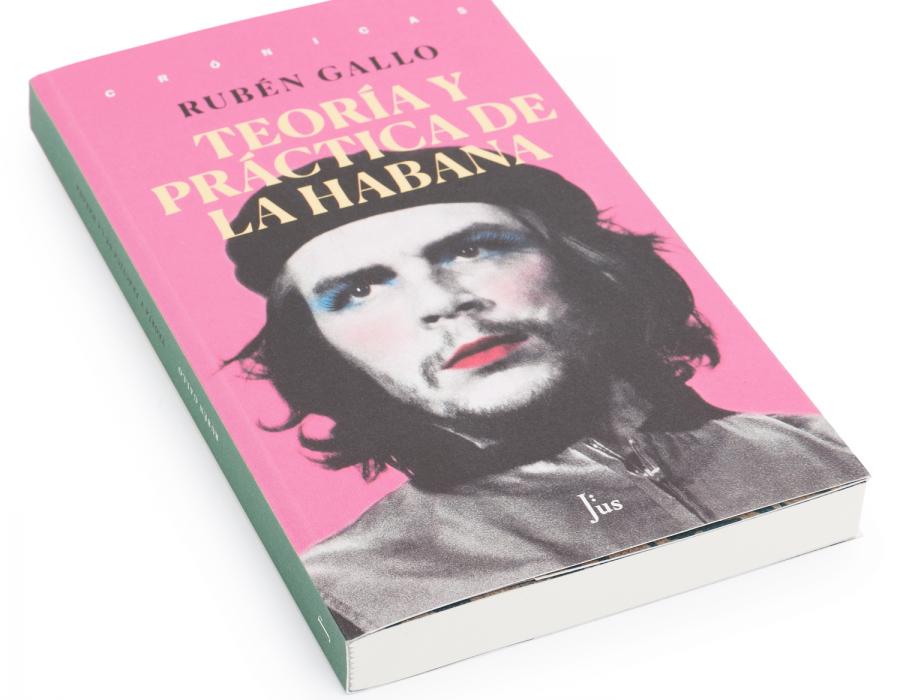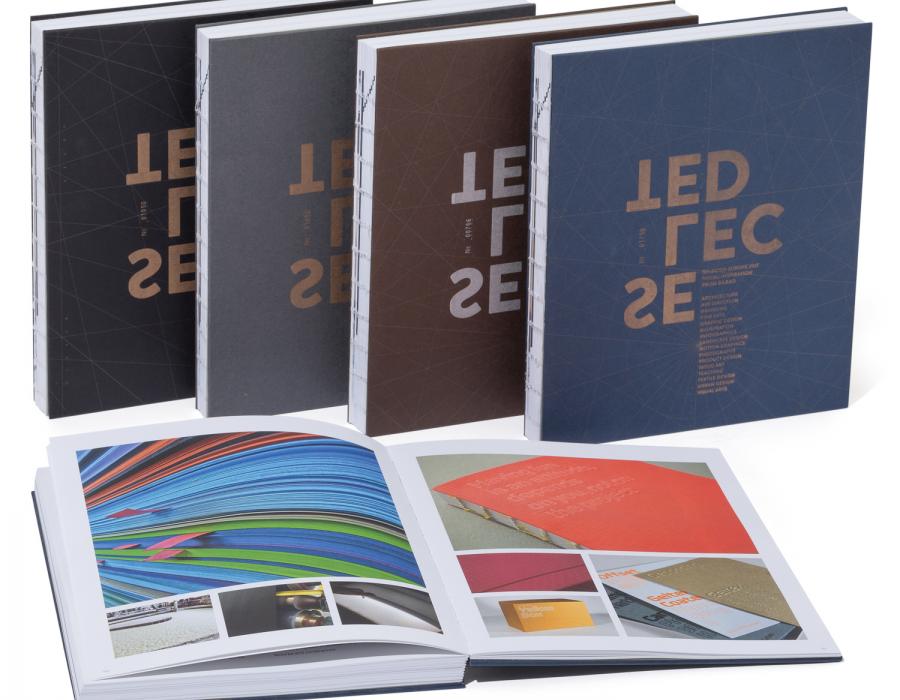Hard-bound or soft-bound? With or without flaps? Matte, glossy or semi-matte finishes? What about the book’s covers, a hallmark of identity in themselves? Publishers are focusing increasingly more on the object, on the actual book, in order to stand out on the market. This explains why premium papers are the ideal tool: they may be the key to success and can offer exclusive and original options in order to create the best solution. The same may be said of the inside of the book, the block. Some publishing houses have turned the book block into a branded item, either through the thickness of the grammage or through the choice of papers with virgin fibre and a consistent body.
The flyleaf: basic to the preservation of the book
Another largely unknown element is the flyleaf, which is the paper that joins the cover to the body of the book to afford it consistency. Here, quality papers with a suitable grammage are indispensable, and the right tension must be applied between the cover and the flyleaf to prevent them from coming detached from each other. Guarro Casas never forgets that every last item counts in the creation of a successful book.
The front cover: a tool to attract immediate attention
Sight and touch are two senses that are closely linked to choosing a book at first sight. The book’s cover must be made of good material if publishers are to attract the attention of consumers and be a cut above the rest in what is already a broad offer. Coated papers printed with attention-grabbing materials or ones that convey exclusivity and originality may be decisive factors when “dressing up” a book to make it stand out. This is why Guarro Casas always remembers that it is possible to go beyond the classic front cover, by using materials such as natural cork, thicker papers, embossed or in imitation leather, to mention but some of the numerous options.
Long-fibre paper: a key factor
Besides any aesthetic concerns, close attention must be paid to the composition of the material used in order to guarantee a series of mechanical properties that will prolong a book’s life. And not just for regular use: books conceived to be collected must be made of good-quality material in order to guarantee durability over time.
In order to withstand the opening and closing inherent in their use, covers should be made of paper with a high percentage of long fibres. This type of cellulose filaments enhances the mechanical properties, and more particularly confer the strength the book needs to prevent the covers from being torn over the years. Moreover, scores made parallel to the fibres guarantee that the cover will move properly and cleanly, while also avoiding any tensile forces that could cause it to fold or bend.






